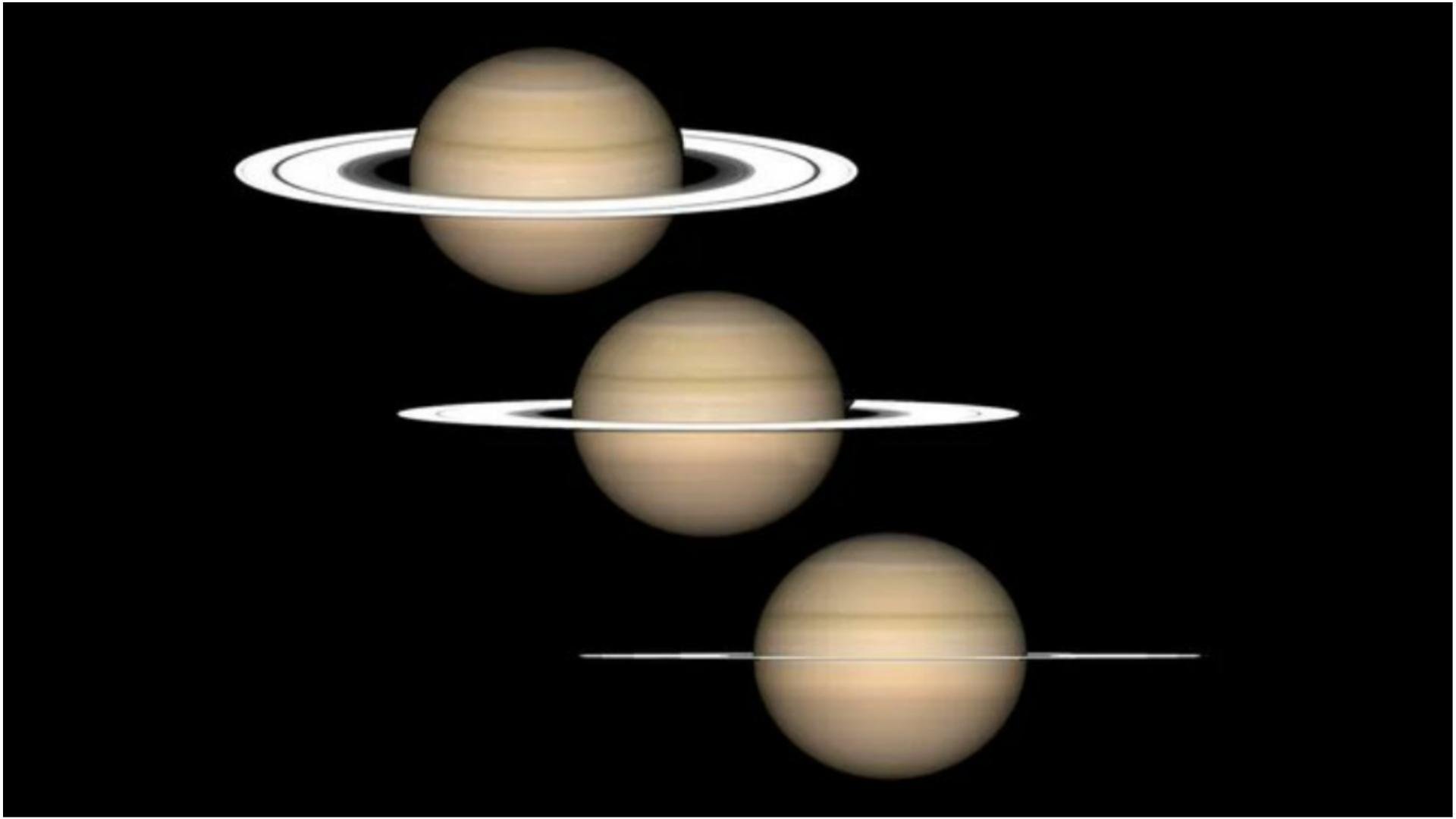Are you a stargazer or do you have access to a quality telescope? If yes, chances are that you’ve had a good glimpse of Saturn’s fascinating rings. While Galileo Galilei, the father of modern astronomy, described them as resembling ears, we think that they’re nothing short of spectacular.
But if you have no idea what we’re talking about, then you should make “viewing Saturn’s iconic rings” a priority in your bucket list now. This is not only because it promises to be an amazing experience, but also because you may be disappointed if you push it to certain periods in 2025.
According to NASA, the rings will vanish from view in about two years from now. So, if you want to enjoy a gaze at it before it disappears, you already know that time isn’t on your side.
However, it’s not all tales of gloom as these disappearances will only last a short while before the rings come into sight again. And when they do, we’d be offered an even better view about a decade later. Confused? Don’t be. We’re about to get into the nitty-gritty of it all.
Saturn’s hula hoop comprises seven district rings, which are made up of asteroids, comets, bits of shattered moons, and billions of ice chunks covered by space dust. Unfortunately, these rings are getting thinner as their components keep falling into the Saturnian atmosphere beneath them. The thinner they get, the less prominent they are when viewed from a telescope.
Now, the thinness of Saturn’s rings is only one of the major factors that affect their display. Their distance from Earth and the angle at which they’re tilted also determines how clearly we can see them. Currently, we’re in a vantage position to view them as their tilts are angled at 9 degrees downward. However, in 2024, this will reduce to 3.7 degrees and we would only be able to view them faintly.
Unfortunately, it’ll continue to tilt downwards until it hits angle zero or reaches its maximum tilt in March 2025. At this point, the 7th planet from the sun will be positioned in such a way that it’s directly side on, in our line of sight. In other words, its thin edge will face the Earth directly, creating an optical illusion that makes them so thin that they’ll be impossible to see. This happens approximately every 15 years.
It’s like placing a sheet of paper vertically and trying to view its edge from the side. The edge would be easy to view when it’s placed right in front of you. However, if its position changes such that it’s at the far end of a football pitch, you wouldn’t be able to view it anymore.
Fortunately, Saturn’s rings “disappearance” isn’t expected to last too long because the planet will continue to move away from the Earth. As it does, it’ll gradually reveal the underside of its ring system until it reaches another maximum tilt in 2032.



















